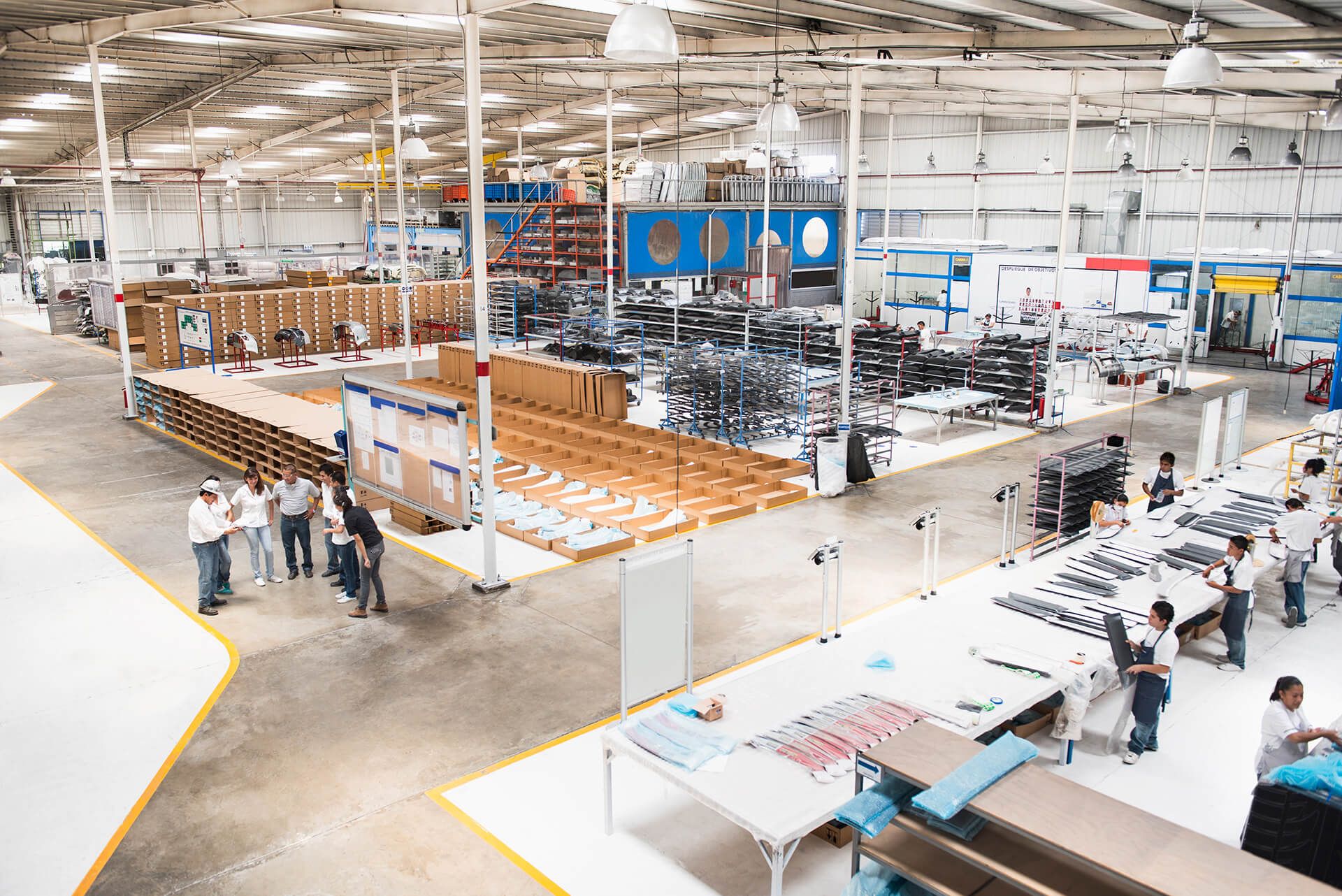
Commercial real estate borrowers and lenders have been under immense stress recently. How worried should investors be? Can distress become an opportunity?
The last couple of months have been tumultuous for investors. The Silicon Valley Bank, Signature Bank, and First Republic Bank collapses have dominated headlines. In addition, prominent property investors have recently elected to default on several office properties and portfolios. Against that backdrop, investors are focusing on two macro risks: the stability of regional banks and the growing fragility of the commercial real estate (CRE) market.
Investor concerns are well founded. Regional and local banks are intimately intertwined with the CRE market, as they play a critical role in providing debt capital to the CRE ecosystem. According to Moody’s Analytics, banks with less than $250 billion in assets account for 29.9% of CRE debt. Further, approximately $1.1—$1.4 trillion of CRE debt is scheduled to mature in 2023 and 2024 (see the illustration below), of which office comprises 23% while multifamily accounts for 31%. Regional banks could look to these loan maturities as a source of much-needed liquidity that could shore up the balance sheet rather than deploy the capital as new loans into CRE assets. So, as banks begin to pull back on their lending volume, the resulting liquidity crunch could lead to further valuation declines across CRE property types, some more so than others.
How Will Banks Deploy Maturing CRE Debt This Year and Next?
Office and Multifamily Comprise the Majority of Debt Maturities This Year and Next
Source: Goldman Sachs and Mortgage Bankers Association
While we expect that some credit tightening will inevitably trigger more distress and defaults, we also believe the current market strain could produce opportunities to invest in property types that feature strong long-term fundamentals at an attractive basis. This article provides our view on the risks and opportunities in commercial real estate investing.
Valuations Are Contracting With Cap Rate Expansion
In commercial real estate, cap rates — the ratio of a property’s net operating income versus its asset value — are used as a relative gauge to compare investment yields across different properties. Swiftly rising interest rates have put upward pressure on cap rates across the board, and property values have been pushed downward as a result. As cap rates expand to reflect higher borrowing costs and relative risk, investors can acquire properties at lower valuations. That said, those investors should focus on the long-term fundamentals of each property type and market while steering clear of value traps.
According to MSCI, apartments experienced the sharpest decline in valuations among the four major property sectors (multifamily, industrial, office, and retail) over the past year, as seen in the chart below. This is broadly reflective of multifamily cap rates starting at record lows in the high-3% range during 2021, the lowest of any property sector, combined with the prospect of slower economic growth forecasts in the near term. The impact of interest rate movements was less pronounced for the industrial sector, which was also trading at low cap rates but in the mid-4% range during 2021. For office and retail, the muted effect of cap rate movement primarily reflects already higher cap rates to account for negative investor sentiment that predates COVID pandemic-related distress.
Declining Valuations Create Buying Opportunities
Sources: MSCI Indices, MSCI RCA CPPITM- US National Index, as of February 2023.
We believe the recent decline in valuations may signal an attractive entry point for investors who can see beyond the recent volatility, especially considering some properties are trading near current replacement cost estimates. This dynamic could result in muted construction starts in the near- to mid-term, creating a favorable supply/demand imbalance for owners of existing high-quality properties in attractive markets. Understanding the nuanced risks and rewards of different property types is crucial because they each feature differing short- and long-term fundamentals. This understanding allows us, as investors, to identify the best property investments.
Not All Risks Are Created Equal
Commercial real estate comes in many shapes, sizes, and property types. It can range from small single-family rental properties to large apartment buildings, commercial office spaces, hotels, industrial warehouses, and retail strip centers, to name a few property types. The sector’s diversity presents many idiosyncrasies regarding investment risks and rewards, and as investors, we appreciate that risks are not spread equally across CRE assets. In our view, it is crucial to identify the risks and work diligently to uncover opportunities that have the greatest potential to compensate investors over the long term.
As seen in the table below, through our bottom-up, fundamentally focused research process, we have broadly classified the relative risk and return potential that we believe exists across the CRE sectors.
Diligence Uncovering Compensated and Uncompensated Risks
| Property Type | Risks (Headwinds) | Rewards (Tailwinds) | Outlook |
|---|---|---|---|
| Multifamily |
|
|
Positive |
| Industrial |
|
|
Positive |
| Retail |
|
|
Neutral |
| Office |
|
|
Negative |
Source: Thornburg
Despite near-term concerns that a high volume of new supply is delivering into a slowing economy, which is expected to impact household formation and rent growth adversely, we see strong long-term fundamentals in the multifamily sector. We believe the persistent lack of housing supply and the evolving migration patterns due to job and population growth in certain geographic areas will serve as an unabating tailwind that will bolster the eventual recovery of this sector and its long-term performance.
Industrial real estate is another asset class that we believe will overcome near-term headwinds (namely, the slower-growth economy and higher-rate environment) and provide attractive return potential over the long term. The acceleration of nearshoring and onshoring activities, strong growth in e-commerce and specialized manufacturing, breakthroughs in areas like biotechnology, and shifts in inventory management will create robust demand for more localized distribution centers, larger warehouses, and more efficient manufacturing facilities and will require the development of new industrial product to meet the needs of specialized tenants. These tailwinds will create opportunities for attractive industrial investments in high-growth, affordable geographic locations such as the Sun Belt, the Midwest and high barrier-to-entry markets along the coasts.
We are most cautious about the office sector, as we believe it presents the highest risk, both near and long term, and will have the most challenging recovery path of all property types. Hostile secular forces — such as declining demand for office space due to elevated work-from-home and “hybrid” work trends and limited conversion opportunities for redesigning old office buildings — are longer-term headwinds that will be hard to overcome.
Prepared to Assess and Act
Many perceive commercial real estate as a homogenous asset class, but as we have outlined, the trends and risks are distinct across different sectors. Our research shows that the underlying fundamentals of multifamily and industrial properties remain relatively stable nationally. However, the situation is different and less promising for office properties. We believe the outlook is mixed for retail, hospitality, health care, and other niche property types. Performance will vary widely from property to property based on market/submarket dynamics and business models. So what should clients do with this information?
We believe investors should begin reassessing their real estate portfolios and prepare to act when stress turns into opportunity. With up to $1.4 trillion of CRE debt maturing in a higher interest rate environment, some borrowers will likely undergo financial stress and have to sell high-quality properties at significant discounts and possibly below replacement costs. In addition, borrowers with floating-rate debt have seen debt service costs increase significantly, putting pressure on cash flows. We believe these stressors will create opportunities for new acquisitions and gap financing.
In the mid-term, investors able to deploy fresh capital could potentially experience a generational opportunity to invest in desirable markets at substantially reduced valuations. At Thornburg, our real estate team is actively scouring the market for these opportunities and has begun to acquire CRE properties that meet our investment criteria.
Discover more about:
More Insights

Turn Cash Into Opportunities With Active Management

The High-Quality Case for Investing in Global Luxury Goods

Why Cash Is No Longer King: Bonds Should Reign

Using Dividends to Strengthen Portfolios Amid Lower Rates

The ABCs of Tax-Loss Harvesting


